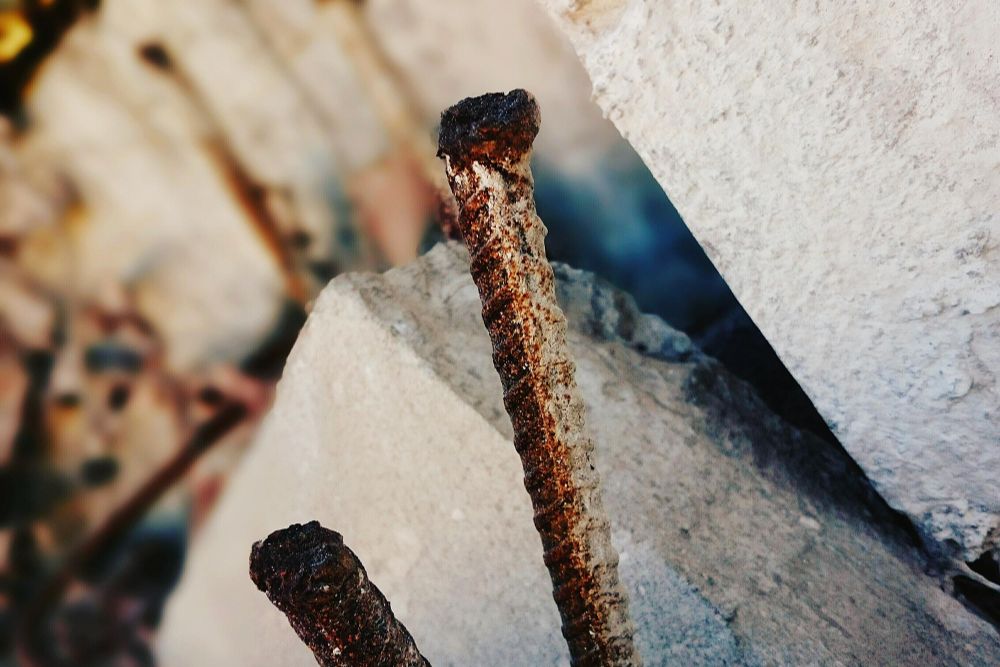Tips for Managing Corrosion Under Insulation (CUI)
Corrosion under insulation (CUI) presents a significant challenge in industries where insulated piping and equipment are used extensively. This type of corrosion occurs when moisture becomes trapped between the insulation and the metal surface, leading to accelerated degradation that can compromise the structural integrity of the equipment. Effectively managing CUI is essential for maintaining the integrity of infrastructure, ensuring operational safety, and preventing costly repairs or replacements. Below are several comprehensive tips to help mitigate the risks associated with corrosion under insulation, enabling industries to better protect their assets and prolong the lifespan of critical components.
Select Insulation Materials with Low Absorbency
One of the primary contributors to corrosion under insulation is moisture retention. Choosing insulation materials with low absorbency is crucial in reducing the likelihood of water becoming trapped within the insulation. Closed-cell insulation materials, which have a structure that resists moisture infiltration, are particularly effective in minimising the risk of CUI. Additionally, selecting materials that are chemically resistant to environmental conditions further enhances protection against corrosion under insulation.
Regularly Monitor Insulation Integrity
Monitoring the condition of insulation is critical in preventing corrosion under insulation. Over time, insulation can degrade due to environmental exposure, mechanical damage, or chemical interactions. Conducting regular checks to assess the integrity of the insulation ensures that any areas susceptible to moisture penetration are promptly identified and repaired. Implementing a scheduled inspection routine allows for early detection of potential CUI issues, significantly reducing the risk of extensive damage.
Utilise Vapour Barriers and Sealants
Installing vapour barriers and sealants around insulated equipment is an effective strategy for minimising moisture ingress, a key factor in corrosion under insulation. Vapour barriers serve as a protective layer that prevents moisture from reaching the metal surface beneath the insulation. Sealants are used to close off any joints or gaps where water could potentially enter, ensuring a watertight seal. Regular inspection and maintenance of these barriers and sealants are essential to maintaining their effectiveness in preventing CUI.
Consider the Use of Corrosion Inhibitors
Incorporating corrosion inhibitors into the insulation system can provide an additional layer of protection against corrosion under insulation. These inhibitors work by chemically reacting with the metal surface to form a protective film that resists corrosive agents. Corrosion inhibitors can be applied directly to the metal surface before insulation installation or integrated into the insulation material itself. Regularly evaluating the performance of these inhibitors ensures that they continue to provide effective protection against CUI over time.
Implement a Predictive Maintenance Program
Predictive maintenance programs utilise advanced technologies such as thermal imaging, acoustic emission testing, and moisture detection systems to predict potential issues related to corrosion under insulation before they occur. By analysing data trends and identifying patterns, these programs enable maintenance teams to prioritise activities that prevent CUI. Implementing a predictive maintenance strategy can reduce unexpected failures, increase equipment lifespan, and ultimately save costs associated with corrosion under insulation.
Optimise Insulation Design for Accessibility
Designing insulation systems with accessibility in mind can greatly improve the management of corrosion under insulation. Ensuring that insulation can be easily removed and replaced without damaging the underlying metal surface allows for more frequent and effective inspections. Strategically placing access points and removable sections in the insulation design enables maintenance teams to conduct thorough inspections and address CUI issues before they escalate into significant problems.
Engage in Continuous Improvement Practices
Adopting a continuous improvement approach to managing corrosion under insulation ensures that strategies evolve with technological advancements and industry best practices. Regularly reviewing and updating CUI management protocols helps incorporate new techniques and lessons learned from past experiences. Engaging with industry experts, participating in forums, and attending conferences or workshops are valuable opportunities to gain insights and improve CUI prevention efforts, keeping your operations aligned with the latest advancements.
Frequently Asked Questions
What is Corrosion Under Insulation (CUI)?
CUI is a type of corrosion that occurs when moisture gets trapped between insulation and the metal surface of equipment, leading to rusting and degradation of the metal over time.
What causes Corrosion Under Insulation?
CUI is caused by moisture ingress due to rain, condensation, or leaks. When this moisture is trapped within the insulation, it corrodes the metal surface underneath.
How can I prevent Corrosion Under Insulation?
Preventing CUI involves using low-absorbency insulation materials, applying vapour barriers and sealants, conducting regular inspections, and utilising corrosion inhibitors.
What are the signs of Corrosion Under Insulation?
Signs of CUI include insulation damage, water stains or drips, rust spots on metal surfaces, and increased thermal conductivity of insulation due to moisture retention.
Closing Insights
Established in 2014, CORCON Institute of Corrosion (CIC) is committed to promoting corrosion awareness, protection, and control in India and globally. CIC offers a comprehensive range of services, including educational and training programs, certifications, and technology meetings. Focused on enhancing the quality of its offerings, CIC plays a pivotal role in combating corrosion under insulation and other forms of corrosion, ensuring the longevity and safety of industrial infrastructure across various sectors.
Image Reference: Freepik
Disclaimer: All trademarks, logos, and brand names are the property of their respective owners. All company, product, and service names used in this website are for identification purposes only. Use of these names, trademarks, and brands does not imply endorsement.

